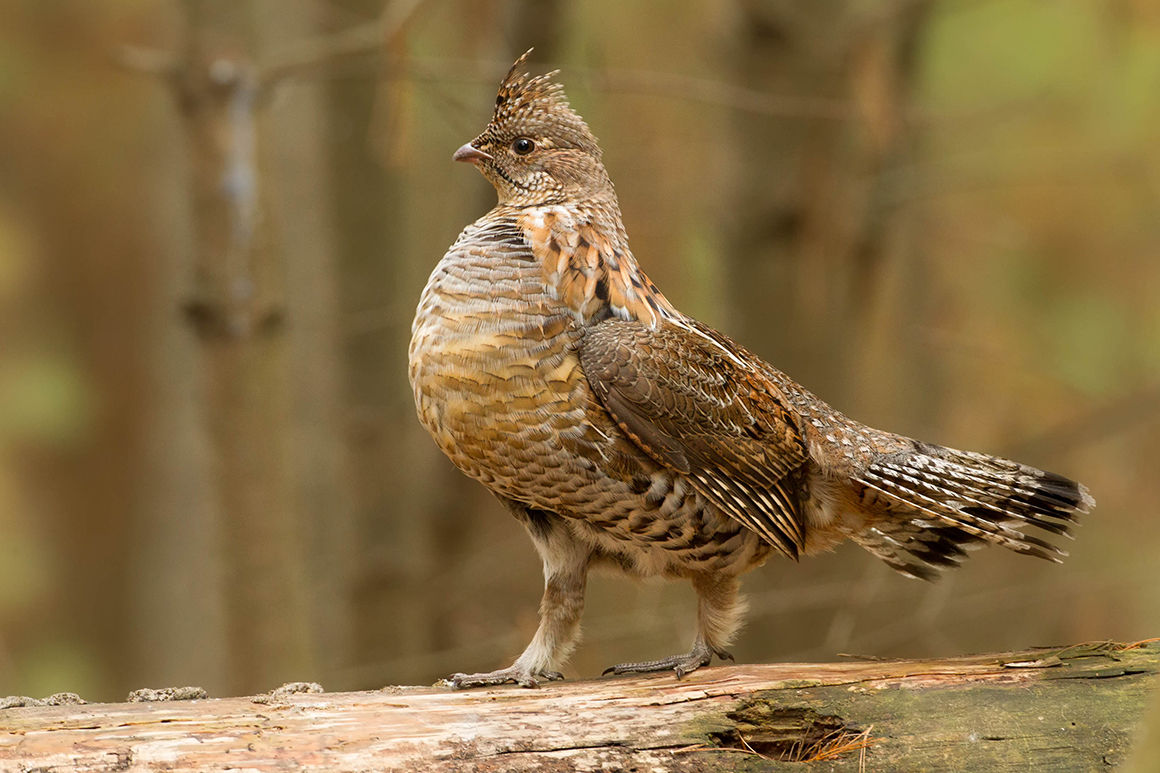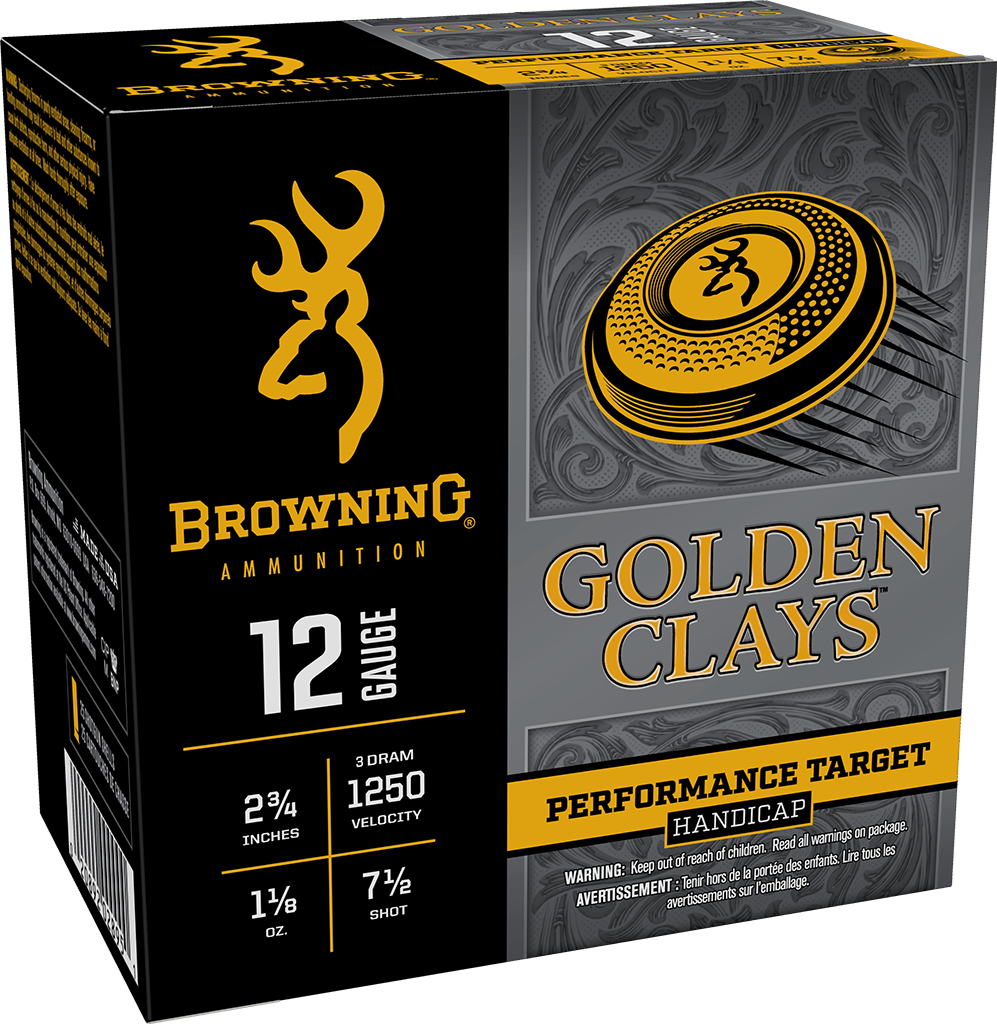Grouse, Woodcock, and Rails
Some game birds are the fair-haired boys of wingshooters, while others are the red-headed stepchildren. Quail, in particular bobwhites–“Gentleman Bob”– ring-necked pheasants, and ducks, especially mallards and sprigs, are the gold standard of bird hunters, while others–such as ruffed grouse, woodcock, and rails–are an acquired taste. Yet these are birds with a fanatic following all their own; and if you have never hunted them, you are missing a tremendous experience.


Some things to know about these birds–they concentrate in smaller locales than more widespread birds such as pheasants or waterfowl, or even bobwhites who spread widely across the South and up into mid-Western states such as Kansas and Iowa. A good day’s shooting for them will almost certainly mean a hard day’s walking through coverts or wet bottomland, or poling by boat in salt marshes or mangrove swamps; and except perhaps for rails, if you get a handful of shots in a day, you’ve had a good hunt.
Ruffed grouse are a Northern bird, predominantly found, in places, across the continent down from Alaska and Canada to the Northern tier states. They favor new growth in mixed forests of birches, aspens, and evergreens that have been recently logged or burnt. A dog, such as a spaniel who will work close, is a good choice for “ruffs,” if you don’t want to spend all your time jogging after running birds, trying to get them to fly as you resist the dark temptation to ground sluice. A 20 gauge with a 26-inch set of open-choked barrels, like the Browning Citori 725 Feather, and No. 7½-shot Browning BPT load sought to be a winning combination for carrying through the thickets and getting off a quick shot–pheasant loads are probably more than is needed for grouse, that are not exceptionally hard to bring down.

American woodcock migrate from north to south and back again between far southern Canada and the Gulf, occupying the continent from the 100th meridian east to the Atlantic coast. Their favored habitat is bottomland, an alternate names for the bird being “mudbat.” The regrowth habitat that is attractive to grouse can be just as attractive to woodcock, though with either bird, they are where they are. It should be a hint that a good dog for woodcock would be a “cocker” spaniel, the English hunting breed being hard to beat, though when their unchecked energy sends them cycloning about the house, it’s hard not to want to–curse those big spaniel eyes! Woodcock, though, are said to hold well for a pointer, so that is another option. And the gun and load you carry for grouse is just as well suited for woodcock.
Rails are a bird few know now, if they ever did. Early southern migrators living in tall grasses in or adjacent to water, they will at the least appearance of danger, according to Audubon, writing about them in the 1840s, “lower the head, stretch out the neck, and move off with incomparable speed, always in perfect silence,” meaning that even some of the most ardent and dedicated birders have never seen one. Serious rail hunters numbers likely in the few thousands, if that, and though there are a large number of species of rail throughout the continent, the most hunted would have to be the clapper. No dog involved here, unless he is some kind of walk-on-water breed. The best hunting for clapper rails, which amounts to the best hunting for rails, period, takes place in salt marshes all along the Atlantic and Gulf coasts and is as dependent on the tide as is angling for redfish in bays.
For rails a hunter wants the very highest tide of the month during the season. The simple reason is that the rising water forces the birds into smaller and smaller stands of grasses from which the only escape becomes flight. Traditionally, flat-bottomed boats are poled through the marshes, the hunter in the bow, shooting the rails when they flush. They don’t fly off with blinding speed or soar very high, or take all that much “killing,” so many rail hunters consider the 20 the largest gauge for them, giving you a chance to take out of the safe that 28 or even .410, with BPT No. 7½ and No. 8 loads, respectively, and be confident of bagging the usually generous legal limit of birds.
If you’ve never hunted rails, find someone who has who will take you out on the water, at least the first time, and discover a new passion. And while there is a base canard, meaning the fabrication and not the duck, that rails are hardly worth eating, cook them slowly on the stovetop, then serve with gravy and rice, and see if you are of the same opinion. I’ll guarantee you won’t be.
Follow Browning Ammunition’s social media channels for more hunting and shooting tips and updates on Browning Ammunition supported events and promotions on Facebook, You Tube, Instagram and Twitter.



